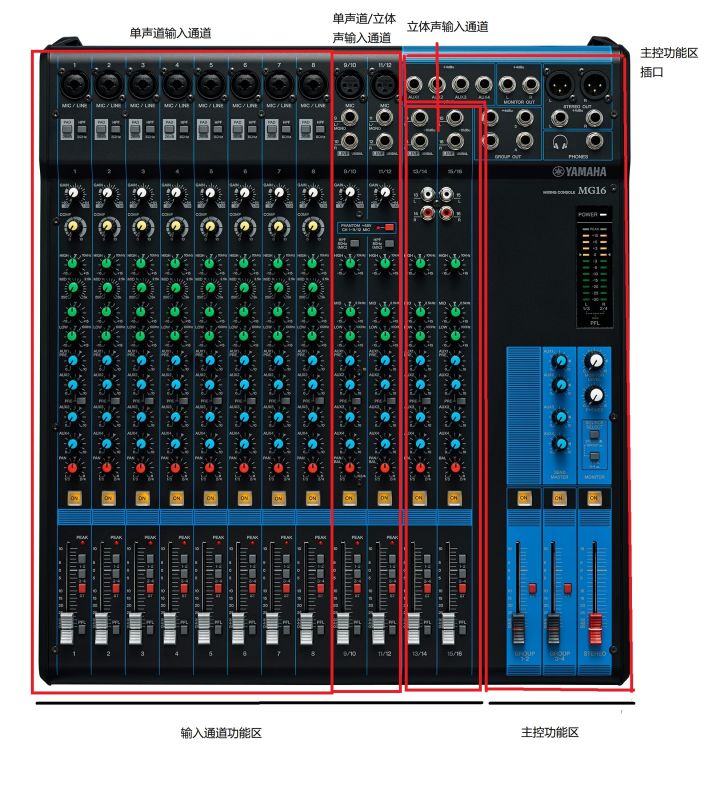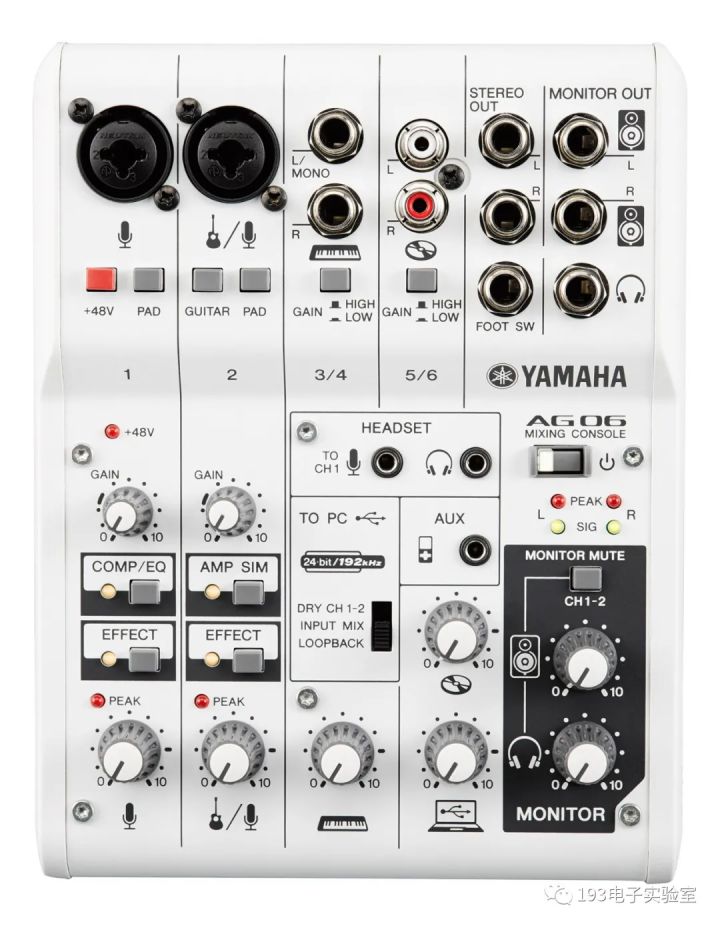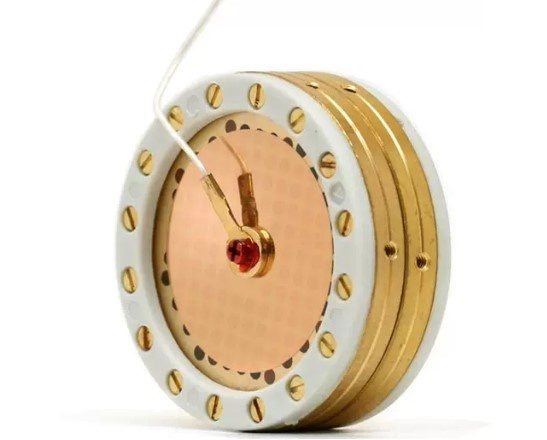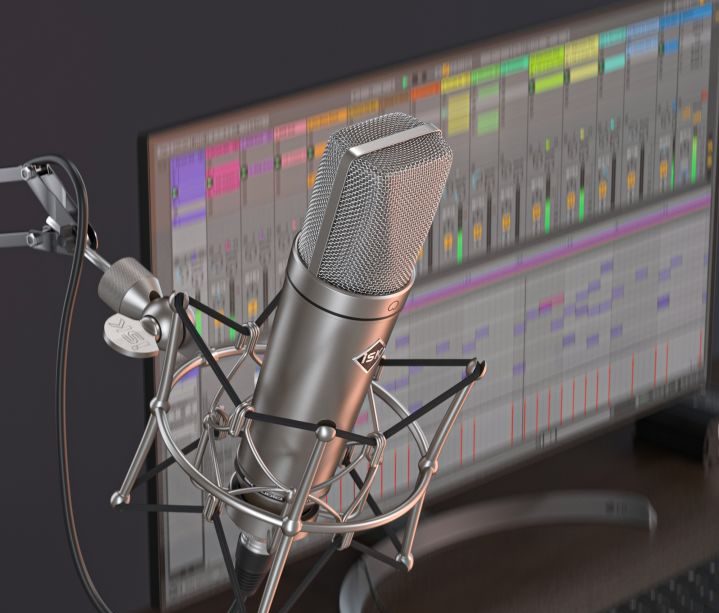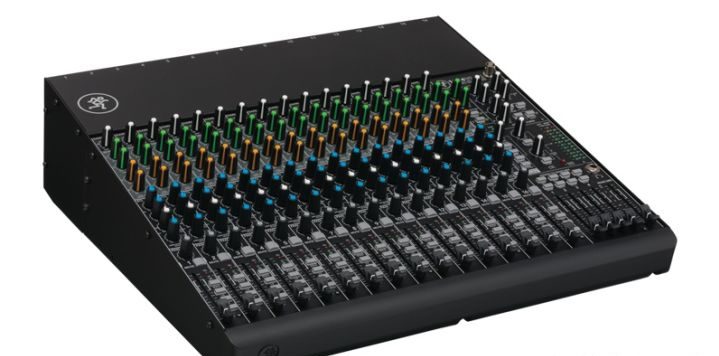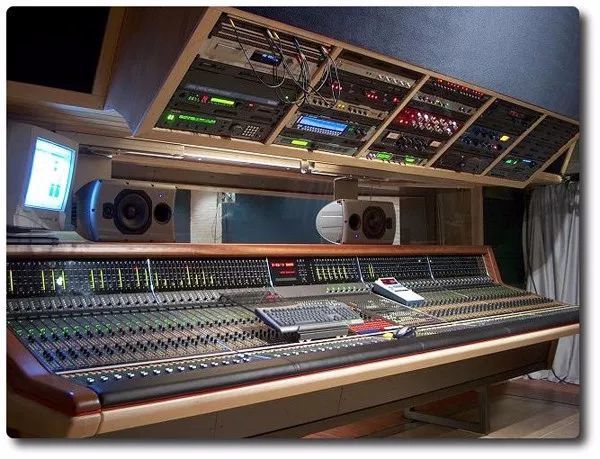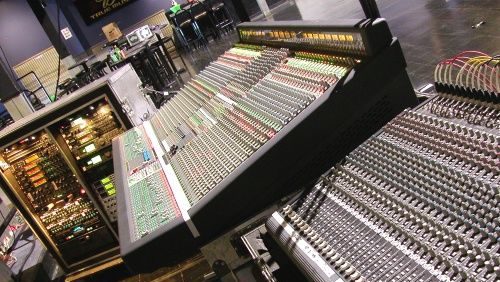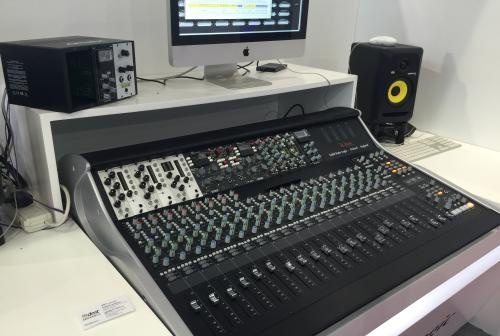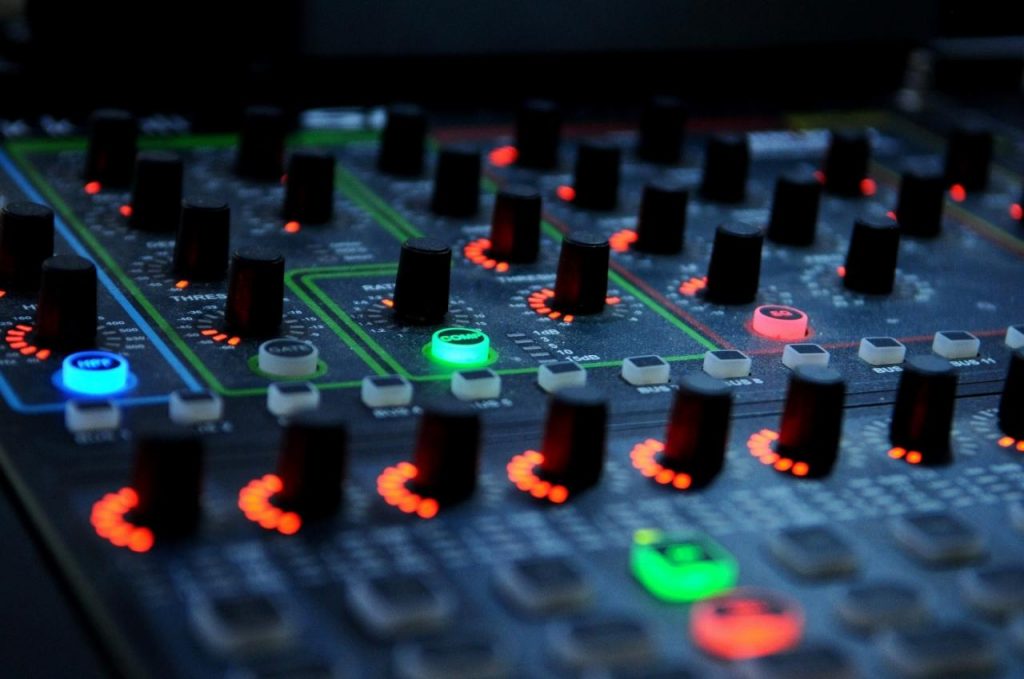I found that most of the small-diaphragm microphones are more suitable for recording musical instruments, although the introduction of large-diaphragm microphones also says that they can record musical instruments, but generally everyone uses small diaphragms to record such as guitar, violin, percussion, etc., Instead, use a large-diaphragm microphone to record vocals.
So what are the advantages of the two compared to each other? Are small-diaphragm recording instruments really better than big-diaphragm ones?
Let’s expand a bit. When talking about this problem, we have to understand one point, the non-equipment and objective factors that affect a recording, one is the distance, the second is the direction, and the third is the loudness of the sound. First of all, understand that sound is a kind of mechanical wave. During the transmission of mechanical waves, the energy is proportional to the square of the amplitude and the square of the frequency, and the loudness is directly affected by the amplitude, which leads to the same loudness. There can be more energy in the process of low frequency, and vice versa. Therefore, at different distances, the sound recorded by the microphone will feel different. Therefore, in the actual recording process, we need a suitable distance, so that the high frequency and low frequency can maintain a similar energy output state during the transmission process, that is, the low frequency can be recorded better, and the high frequency energy can be controlled within and The low frequency range is similar. Therefore, you can see many videos recorded on the stage and in the recording studio. When the singer sings the high tone, he will pull the microphone, in order to balance the loudness of the treble area and the loudness of the bass area as much as possible. reasonable state. Of course, when recording instruments, this distance is mostly constant, so distance is not an important factor. But the words are all typed out, and I am reluctant to delete them, which may interrupt my thinking.
 Then speaking of another, direction. Students who have a microphone at hand may find a problem. When your microphone is not so directly facing and facing the pickup area, the sound is different. Why is it different? There is a word involved here, off-axis effects. At present, most of the materials and popular science articles emphasize that the off-axis effect is mostly caused by the speaker. What does it mean? When you look closely at the speaker, you will find that there is a dot in the middle, which is the center of the speaker. A straight line extending from this center to the speaker is the center axis of the speaker. When you perceive the sound, you deviate from this axis. , you will find that the sound is different. Interested friends can play music with their mobile phones, and then perceive the changes in the sound from different angles. But I personally think that the off-axis effect should be attributed to the generality of the microphone device. In fact, the human ear can also be regarded as a microphone. When it comes to the off-axis effect, it is necessary to mention a polar performance on the pointing range when the microphone is picked up. Here we look at the polar presentation of the directional ranges of the two microphones at each frequency.
Then speaking of another, direction. Students who have a microphone at hand may find a problem. When your microphone is not so directly facing and facing the pickup area, the sound is different. Why is it different? There is a word involved here, off-axis effects. At present, most of the materials and popular science articles emphasize that the off-axis effect is mostly caused by the speaker. What does it mean? When you look closely at the speaker, you will find that there is a dot in the middle, which is the center of the speaker. A straight line extending from this center to the speaker is the center axis of the speaker. When you perceive the sound, you deviate from this axis. , you will find that the sound is different. Interested friends can play music with their mobile phones, and then perceive the changes in the sound from different angles. But I personally think that the off-axis effect should be attributed to the generality of the microphone device. In fact, the human ear can also be regarded as a microphone. When it comes to the off-axis effect, it is necessary to mention a polar performance on the pointing range when the microphone is picked up. Here we look at the polar presentation of the directional ranges of the two microphones at each frequency.
The first picture is the Neumann km184 small diaphragm microphone
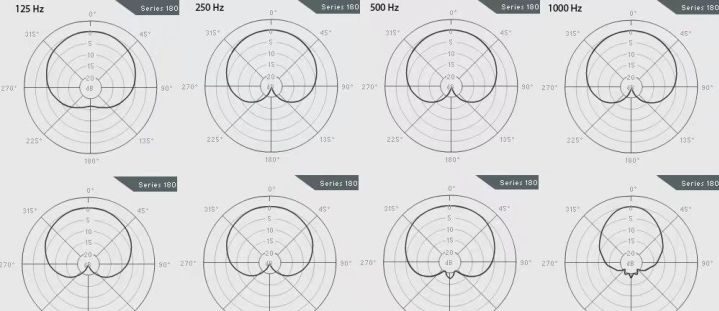
The second picture is the Neumann U87ai
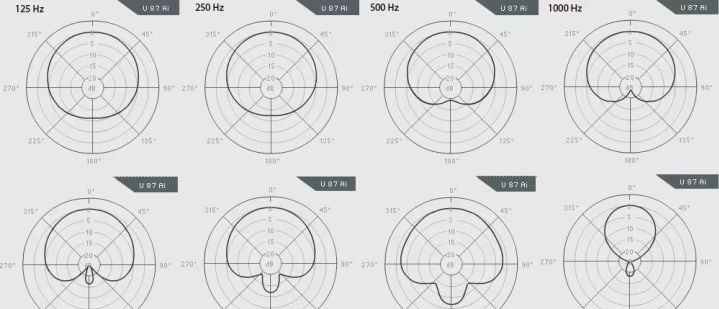
We can see that the directional polarities of km184 are fairly consistent at all frequencies, and it shrinks when it reaches 16000, but U87 becomes a bit more. The polarities of the directions are different at almost every frequency. What does this mean? The small diaphragm has better off-axis effect and directional polarity, and can have better sound feedback on some instruments that are not very well controlled. These are just one of the reasons why small diaphragms are relatively better for recording instruments. In addition, the small diaphragm has better transient response, so that it can have better performance in the start and stop of the sound and the recording of the tail sound. There is also a frequency response, which is also flatter. However, the small diaphragm itself has its own shortcomings. For example, its own signal-to-noise ratio is generally lower than that of a large diaphragm with a similar cost. In fact, when recording musical instruments, most recording engineers choose a large diaphragm or a small diaphragm according to the desired style. There is no absolute saying that the small diaphragm is absolutely suitable for recording instruments, but the large diaphragm is not suitable. . However, the small diaphragm is better for the restoration of the sound than the large diaphragm.
